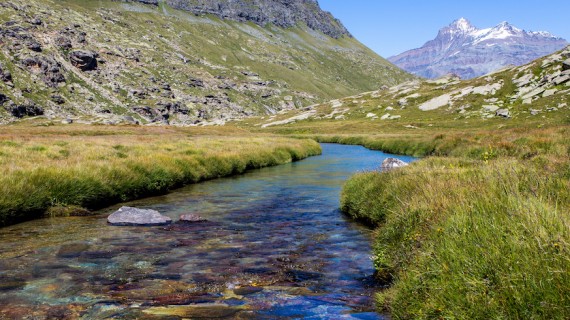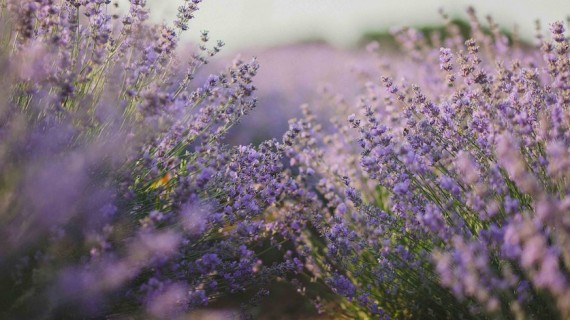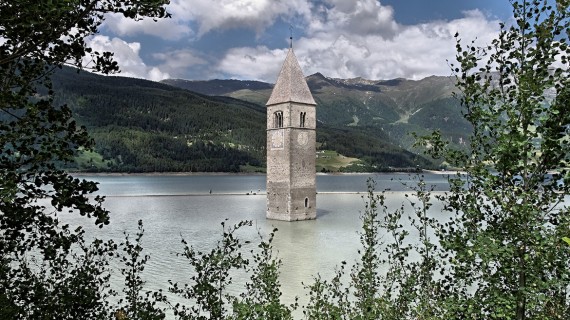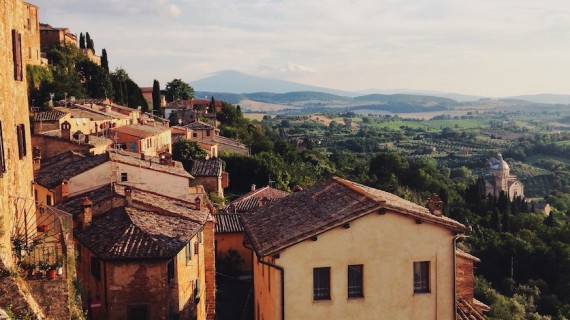There is so much more to Italy than it’s beachfront and its trendy big cities. Pollino National Park is the largest of its kind in Italy, covering 1,925 square kilometers. Here are 10 things you probably did not know about it:
Home of several unique plants, animal species, not to mention the scenic and historic mountain towns. Even though its richness in archeological finds, possibilities for hiking, and extreme sports, tourism in Italy is still concentrated on the regions with seafronts. Ecobnb has visited Pollino National Park, within the organization of the “Authentic South Fair and Festival,” and returned with 10 itinerary ideas for you, that you should not miss if you are visiting the area in the future:
1. Stunning nature
Not only the ancient civilizations but somehow nature realized the possibilities in the area a long time ago. Europe’s oldest tree, a Heldreich’s pine (Pino Loricati), is located here for about 1,230 years now. Thanks to the mix of the attitude and climate, massive forests of beech and silver fir have been formed. Some areas are challenging to navigate, so a local guide is required, while others, like the creek of Bosco Magnano, is a great place to visit with family and kids, as the relaxing surroundings are brilliant for a light day trip and hiking.
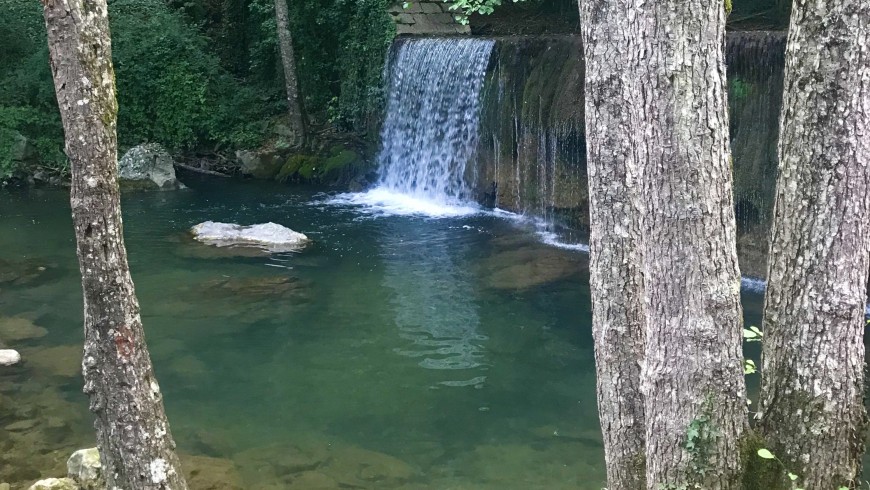
The summit of Dolcedorme, the tallest peak of the park. From the top, on sunny days, on the opposite horizons, you can see the outline of the Tyrrhenian and the Ionian Sea. The Grotte Delle Ninfe is a natural thermal pool located in the region of Calabria, where the water is high in minerals, and the mud is excellent for skin treatments. Unquestionably worth visiting if you are in the area.
2. Cruise the rivers
If you are adventurous enough to encounter the area from a different perspective, contact one of the river cruise operators, like Pollino Rafting. They offer their guidance for diverse levels and durations of white-water rafting and canyoning, among other fun activities.
If you rather stay on your feet, aqua trekking is possible on different levels. There are tours for only 1,5 hours, perfect for kids, where you can get in contact with the nature and take a light walk in the water. For a more extreme version, try the canyon walk, which leads you between waterfalls and natural pools.
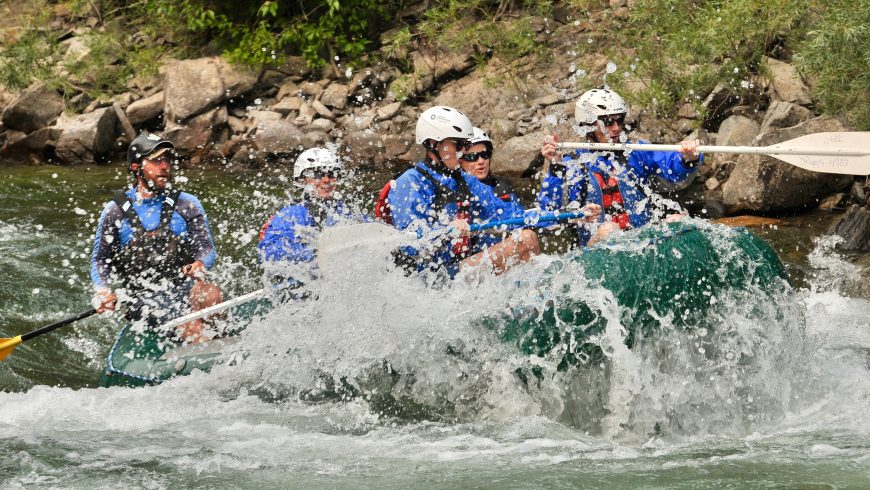
3. Towns of the park
The park is fragmented by the 5 rivers; Lao, Sinni, Coscile, Garga, and Raganello. They all have created valleys over the years, along with what communities have settled down, and each has shaped slightly different cultures. The two regions Basilicata and Calabria, both have their own traditions and cuisines. Still, it’s great to see how the small towns along the valley differ from each other, each has their individual trait to be proud of.
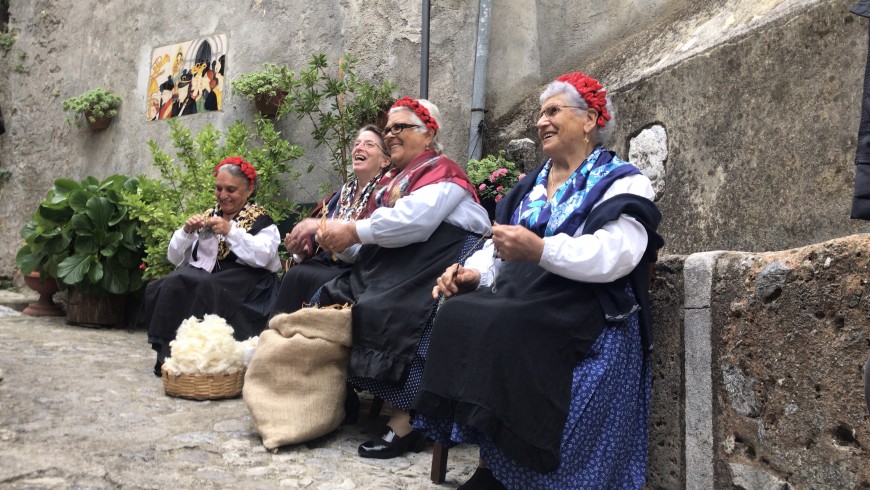
Must see places are San Severino Lucano, the head of the commune by the same name, a great starting point for your travels. Viggianello, the town with a great origin story and with traditions connected to plants, that mirrors the mountain town that’s ancient streets are covered with lush greenery. Papasidero is another must-see town, surrounded by great hiking opportunities and home of the church: Santuario della Madonna di Costantinopoli, which looks truly like a fairytale fortress. However, what attracts most of the visitors may be the nearby archeological site: Grotte del Romito, which deserved its own section in our list.
Another postcard looking town, with its ancient walls, history, and numerous significant churches and religious valuables is Morano Calabro. Contact local guides, like Erminia Di Lorenzo, to help you discover each hidden story, legend, and beauty behind these places.
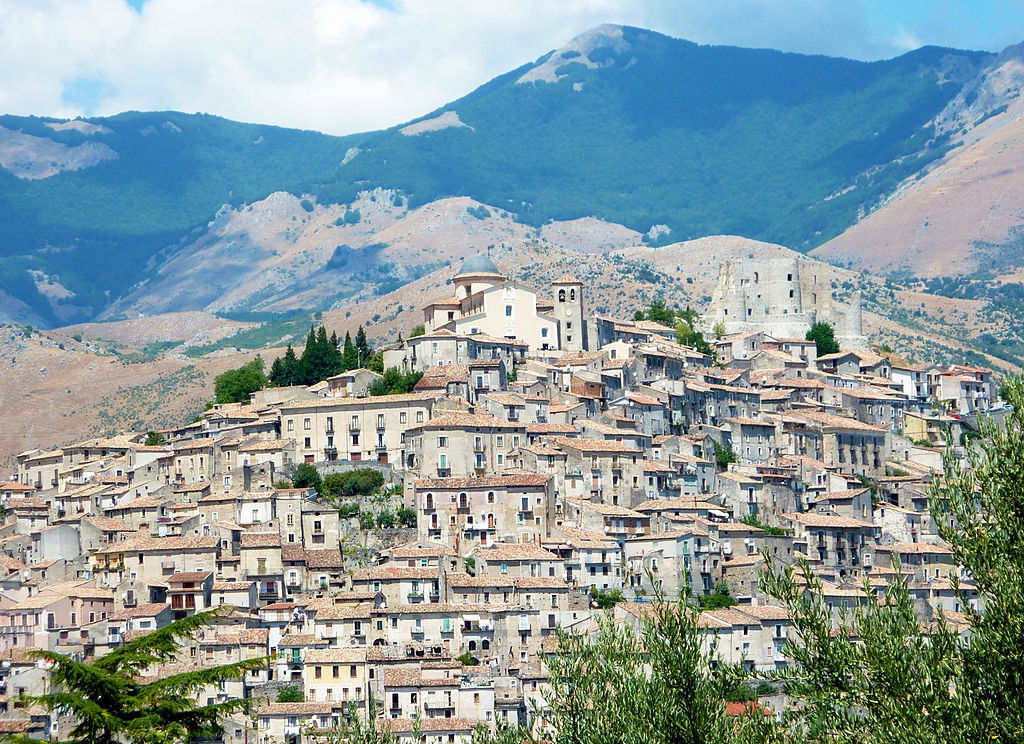
4. One of the most significant archaeological sites in Italy
Grotte del Romito, one of the most important prehistoric sites in the Italian Peninsula and located in the municipality of Papasidero. The cave has been used for living and burial site since the Upper Paleolithic (17,000 years ago) to the Neolithic era (6,400 years ago). First, a shepherd and other locals became suspicious of a rock engraving, that was first believed to be a modern artifact. However, after several further excavations, initially, they have found that rare examples of rock art and burials are essential and informative shreds of evidence for human activities and environmental evolutions. Since the 1960s, several burial sites from various ages were discovered, alongside a few rock arts. Visit the rock shelter that is home of the finds, and where you can still witness the ongoing excavation projects or learn more about the area in the Antiquarium and during the guided tours.
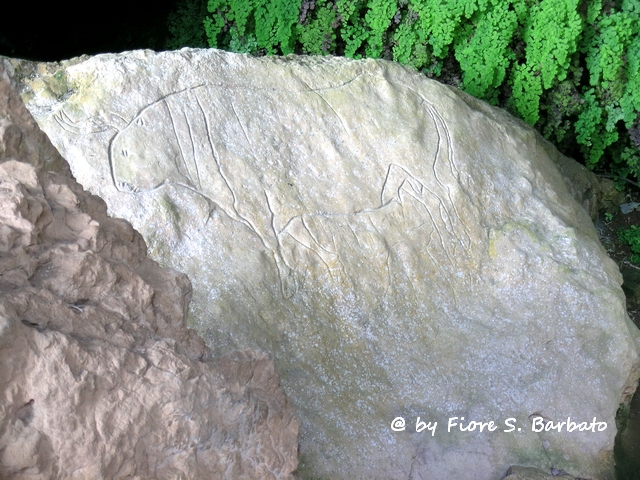
5. Regional food
The region is famous for its various traditional meals. If you are in the area, do not miss out on a dish made with the fungi (champion) or the local specialty: sun-dried pepperoni. Beans, like the popular Rotonda beans, were fundamental for the local communities throughout history, and you can still find many different ways of consuming it in dishes. If you are visiting the region, make sure to stop for lunch at Rist’ Oro Pollino to have the true culinarily experience in the very heart of the national park.
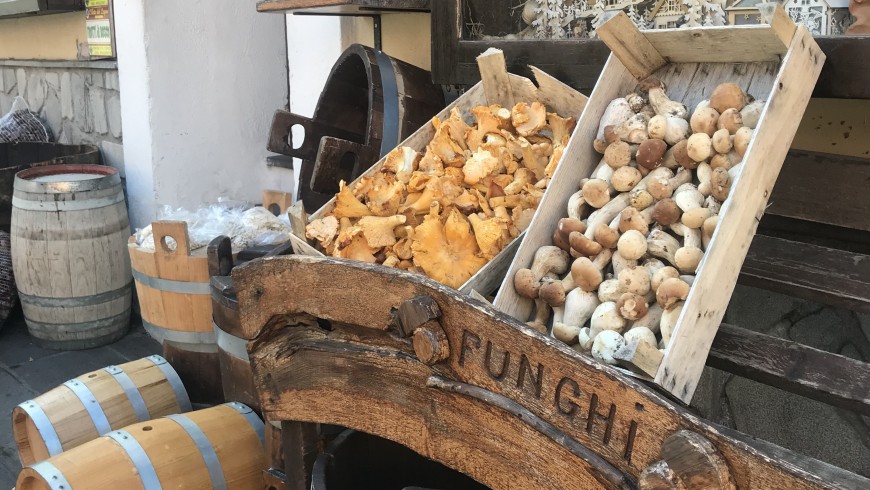
6. Local products from local families
Even though the most successful company that is producing anything in the area may be the soft-drink producer, San Benedetto, but it is not the only local product deserving attention.
Apicoltura Serra del Prete is a family-based honey producer, selling exceptional organic honey from the mountains. Azienda Agricola G. Assunta is another small local business that produces and deals with local products, like jams, mushroom products, and other specialties. Do not miss out on a pizza dinner or stack up with other bread-related dishes at Antico Forno Panifico Ammirati’s at San Severino Lucano. Their products are not only aesthetically pleasing, traditional, but all the ingredients are sourced locally as well.
7. The symbol of the park. Pino Loricato
As this particular pine can only be found at the Balkans and Italy, more specifically in the region and high altitudes of the Pollino National Park, no wonders, that it became the symbol of the area.
It can mostly be found on mountains, higher than 1000 m, where it replaces the common beech as it is excellent at adapting to the colder, windier environments.
The cortex of the older trees are split into trapezoidal plates that resemble the Ancient Roman’s armor, hence the name ‘loricato.’
If you are up for hiking in higher altitudes, you can run into these strange looking, lonely species of pines. Contact Rifugio Pino Loricato for arranging trekking, mountain bike, and other excursions in the area.
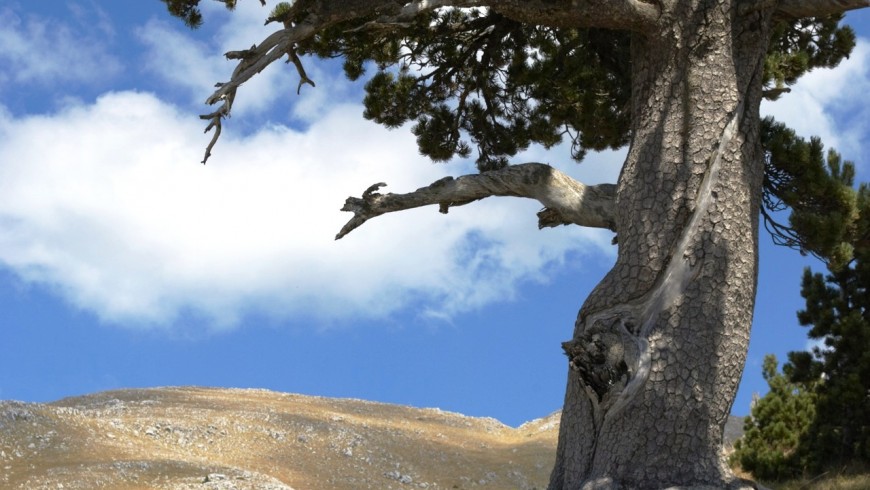
8. Religious traditions
Since ancient times, the region, both Basilicata and Calabria, is deeply connected with faith and spirituality. Religious festivals are taking up all year round in the monasteries and churches that are scattered around the region.
The biggest one amongst them is at the beginning of summer when the Virgins of the Pollino are celebrated, and the statue of the Virgin is carried up to the Madonna del Pollino Sanctuary for reverence from San Severino Lucano. People are gathering and hosting religious feasts around the Sanctuary, representing the strong Marian faith in the area.
Other churches, shrines are worth visiting in the area, like the ones at Morano Calabro, or the above mentioned Santuario della Madonna di Costantinopoli, which is carved in the side of a hill.
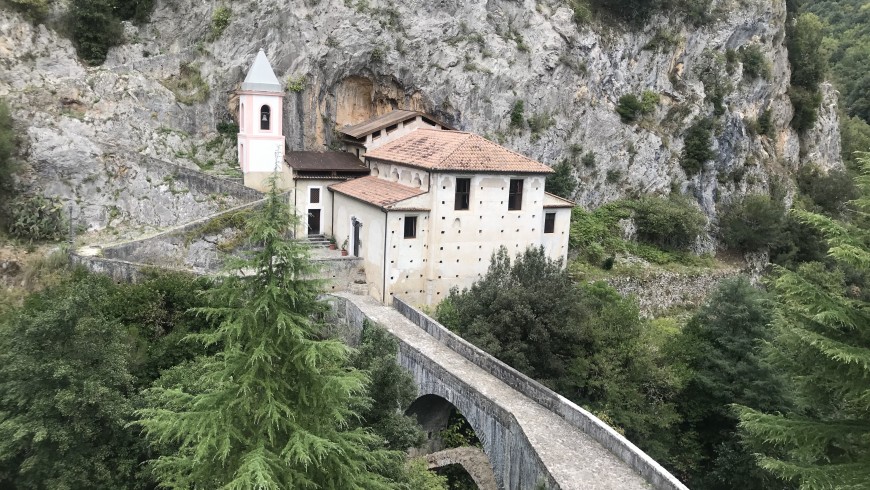
9. Arbëreshë communities
Also known as Albanians of Italy, the Albanian ethnolinguistic groups of Southern Italy. These communities still live in villages scattered around Basilicata and Calabria as the descendants of Albanians, who fled from Albania between the 14-18 centuries, thanks to the Ottoman invasion of the Balkans. Over the centuries, they have managed to preserve and evolve their own cultural heritage, hence their own take on tradition, customs, gastronomy, and language.
In the Museo Etnico Arbresh in the city of Civita, you can learn more about the history of the community.
10. Where to stay/How to get there
It is easy to access and move around in the area using public transport. Inside the park’s territory rely on the local buses or services offering excursions.
If you are looking for a sustainable stay, you can choose from beautiful hotels in ancient villages, ecological bed & breakfasts, and organic farmhouses.
Discover the best eco-accommodations in the area suggested by Ecobnb.
Cover image: Pollino National Park. Picture by: Brian Gratwicke, via: Flickr
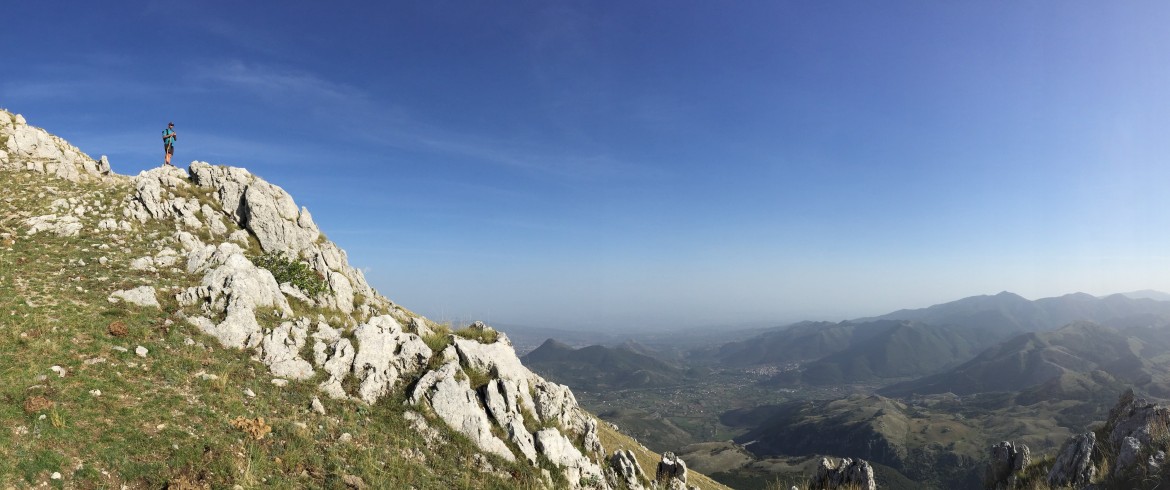
 Lavinium Albergo Diffuso – Green Albergo diffuso in Laino Castello, Cosenza, Calabria, IT
Lavinium Albergo Diffuso – Green Albergo diffuso in Laino Castello, Cosenza, Calabria, IT  Albergo Diffuso il Borgo Ospitale – Green Albergo diffuso in Rotonda, Potenza, Basilicata, IT
Albergo Diffuso il Borgo Ospitale – Green Albergo diffuso in Rotonda, Potenza, Basilicata, IT  Agriturismo La Garavina – Green Farm house in Terranova di Pollino, Potenza, Basilicata, IT
Agriturismo La Garavina – Green Farm house in Terranova di Pollino, Potenza, Basilicata, IT  San Fele Agriturismo – Green Farm house in Cerchiara di Calabria, Cosenza, Calabria, IT
San Fele Agriturismo – Green Farm house in Cerchiara di Calabria, Cosenza, Calabria, IT 